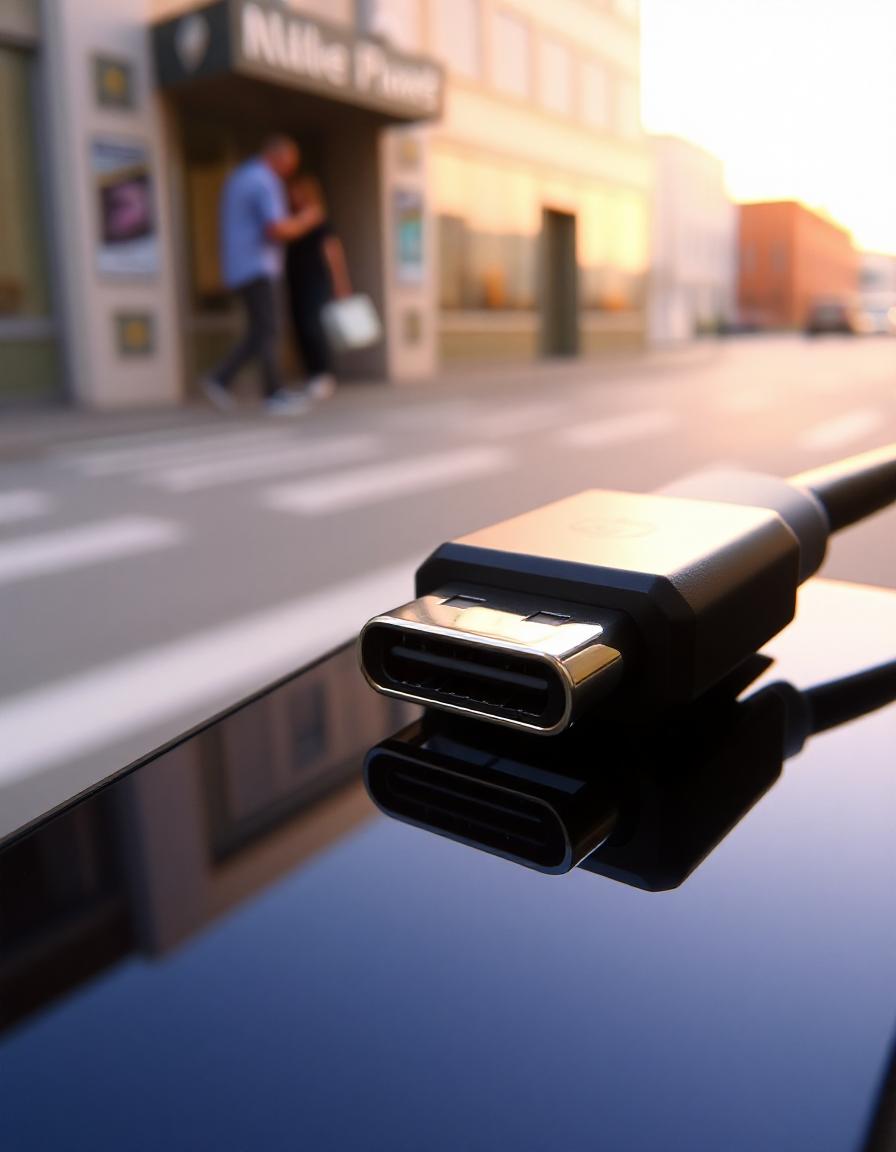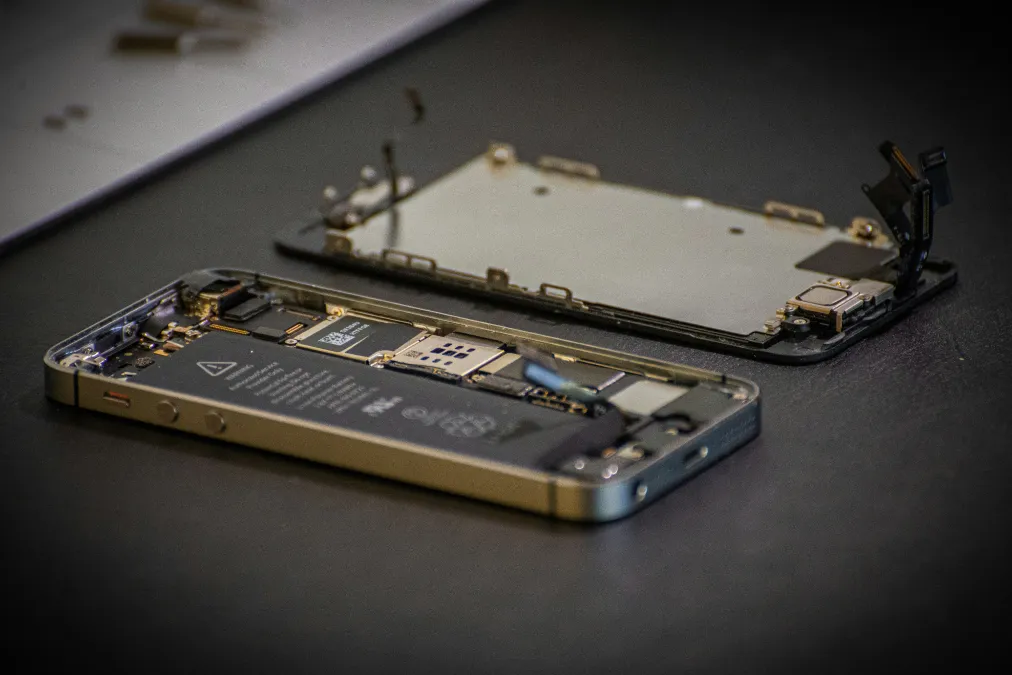As the European Union gears up to implement the Radio Equipment Directive on December 28, a new debate is emerging over its potential impact on the secondary device market. The directive, which mandates the adoption of USB-C charging ports for all mobile devices, aims to reduce electronic waste by standardizing charging solutions across manufacturers. While many have praised the move as a necessary step towards sustainability, a coalition of over 50 organizations from the European circular economy sector has raised serious concerns about its unintended consequences.
On June 19, this group, which includes industry heavyweights like the GSMA, Back Market, Refurbed, Dipli, Sirrmet (French counterpart of Eurefas), Swappie and Ingram Micro, submitted an urgent letter to the EU, highlighting a critical oversight in the directive. The coalition argues that the law's blanket application to both new and used devices could inadvertently harm the very sustainability goals it seeks to promote.
Effects of directive on mobile secondary market
The crux of the coalition’s argument lies in the difference between new and used devices. The Radio Equipment Directive, as it currently stands, does not distinguish between these two categories. As a result, used devices imported into Europe after the directive's implementation date must also support USB-C. However, with the directive’s timeline, a significant portion of the existing used market will not be compliant with this new requirement.
According to estimates, more than 60% of used devices in Europe will still rely on older charging standards when the directive comes into force. CCS Insight predicts that by 2025, the ruling could reduce the supply of used smartphones in the European market by two out of five units—equivalent to 8 million devices and € 2 billion in sales. This could deprive consumers of access to affordable, high-quality used devices, forcing many to purchase new devices instead, which contradicts the EU’s commitment to sustainability.
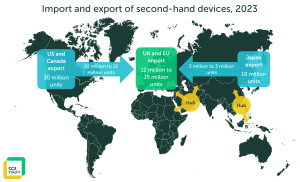
Impact on circularity
The directive’s potential impact extends beyond consumer choice. The secondary device market, still in its formative stages in Europe, is already grappling with challenging conditions. Several companies have ceased operations this year, and the coalition warns that the USB-C mandate could push even more businesses out of the market. Moreover, it could lead to a surge in "parallel imports" that bypass EU customs, further complicating regulatory enforcement and undermining the integrity of the market.
The coalition's appeal underscores a broader issue: the balance between reducing e-waste through standardization and maintaining a viable circular economy. While the EU’s efforts to reduce cable waste are commendable, the coalition argues that these should not come at the expense of a thriving used market, which plays a crucial role in reducing overall carbon emissions by extending the life cycle of electronic devices.
Global impact
The implications of the EU’s directive are not limited to Europe. The region is a major importer of used smartphones, particularly from the US, Japan, and Singapore. Europe’s demand for these devices highlights its reliance on non-circular consumer behavior, despite its commitment to sustainability initiatives. The directive could disrupt this flow, raising questions about the global supply chain’s sustainability and the true environmental cost of sourcing used devices from other continents. All of this makes local European trade in schemes even more important. Will this directive be the catalysator for an increase in companies taking back old mobile phones? With Orange France being a prime example of this, other operators and retailers need to change gears immediately. We see that for instance in Germany the 4th biggest network Freenet got the message and increased its efforts in implementing trade in schemes recently. We believe others, like T-Mobile and Vodafone, will follow this example.
Based on: CCS Insight/Simon Bryant
Market
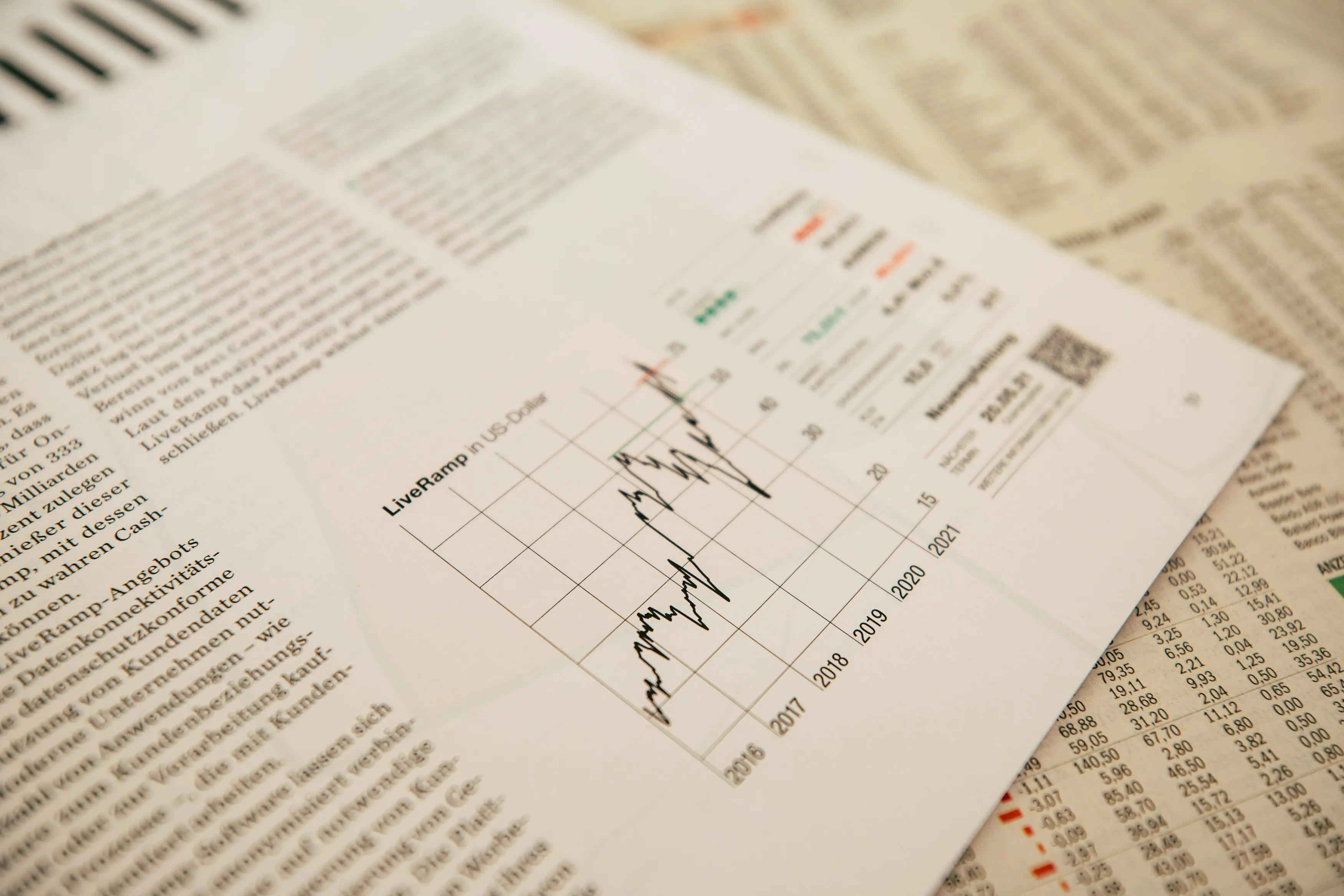
Trade-in
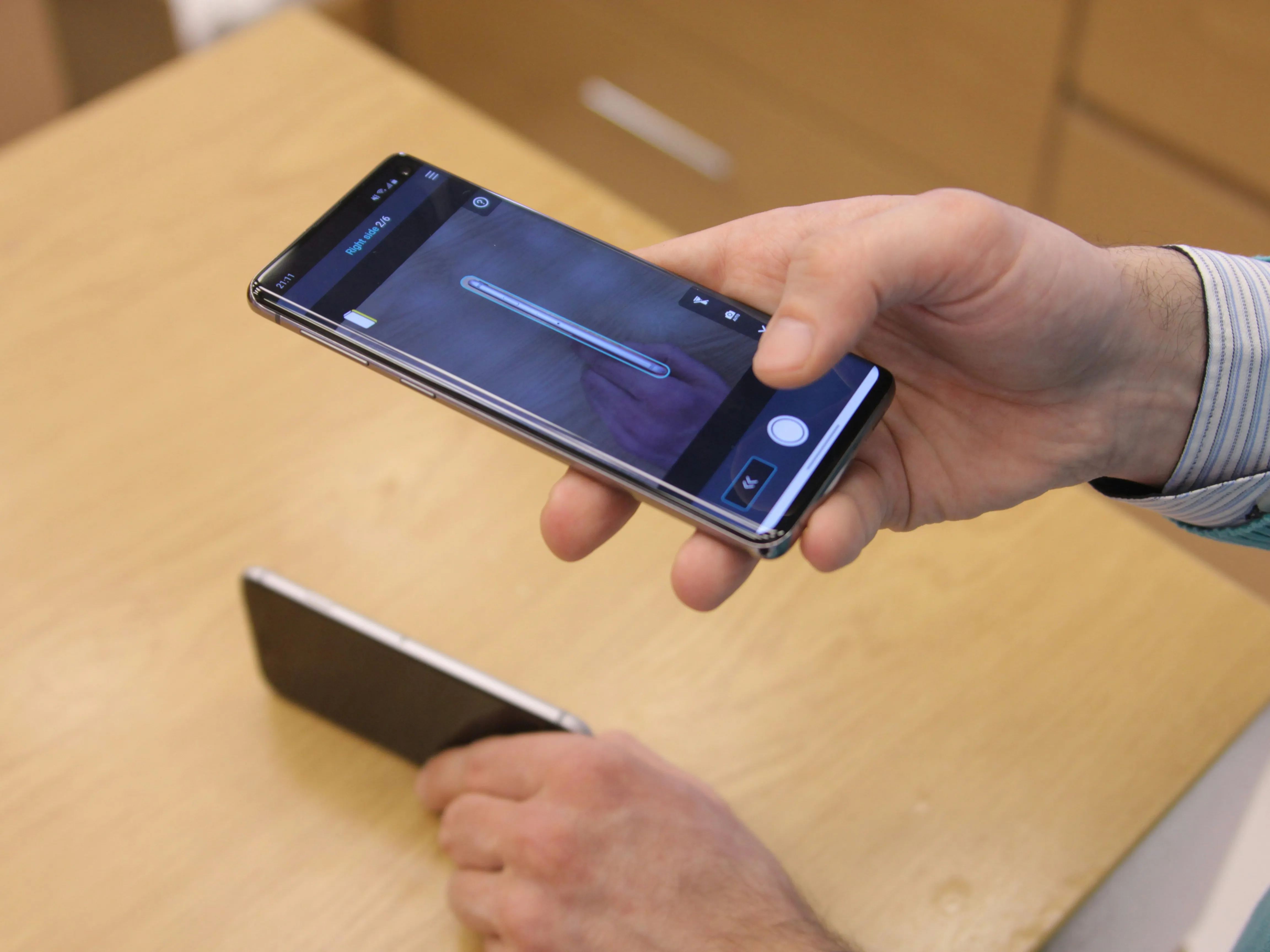
Repair
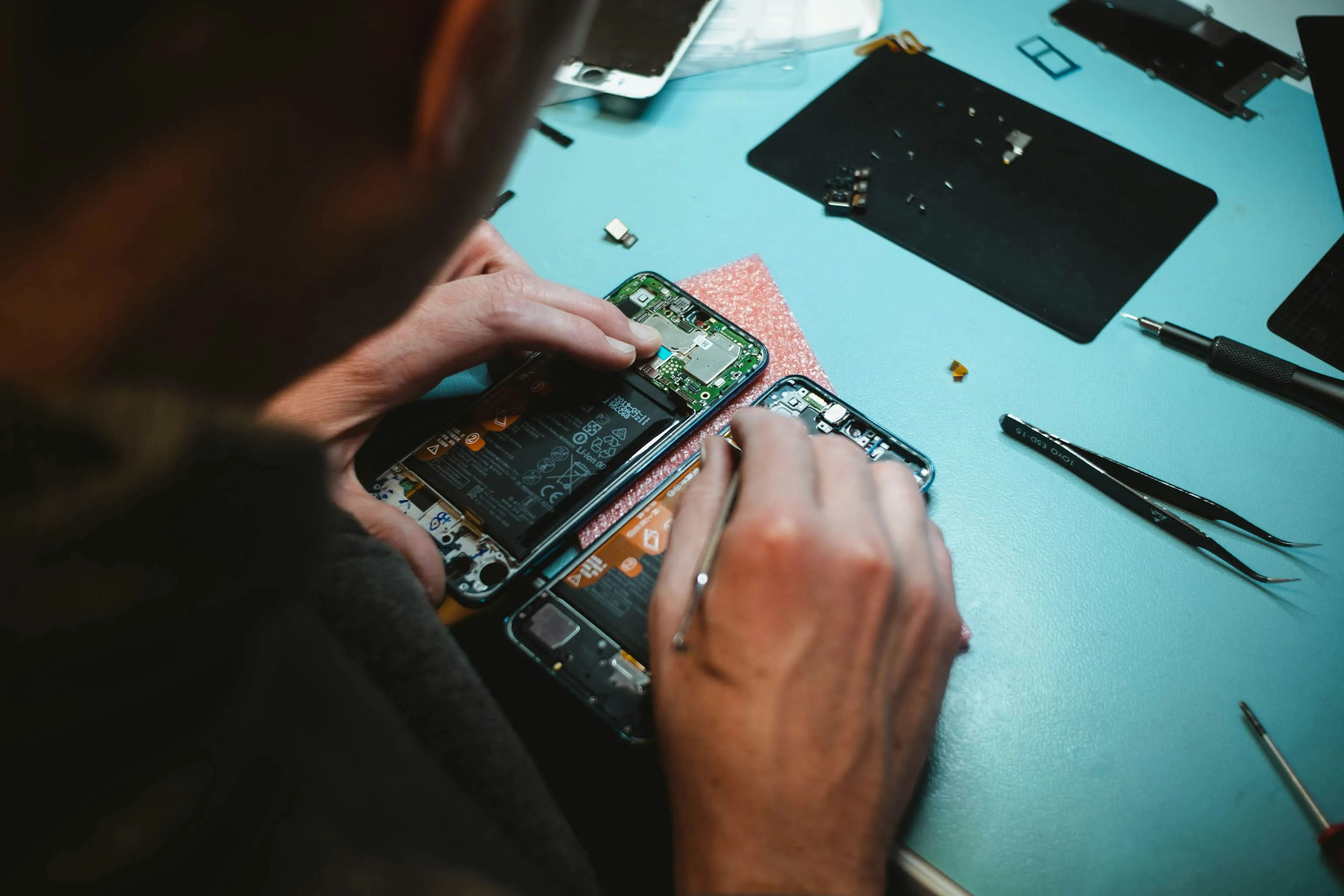
Interested in the global market for used electronics?
From now on, you'll never miss a thing and can easily stay up to date with the latest developments in the secondary market. Sign up today for the newsletter from secondarymarket.news. It's filled with the latest news, trends, developments, and gossip. Stay informed and don't miss out on anything!
Daily (except on Sundays), you'll receive the latest news from the global secondary market straight to your inbox after registering. This way, you'll always stay up to date with the latest secondary market developments and trends.


